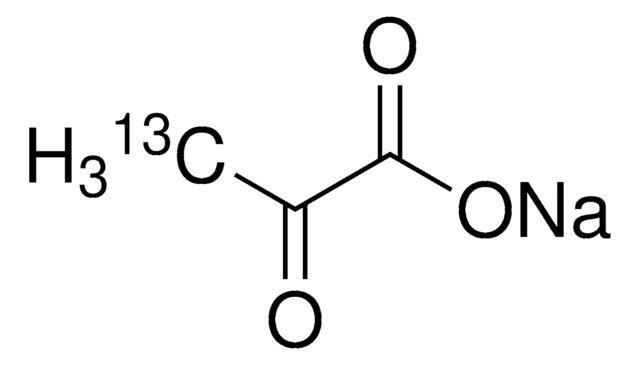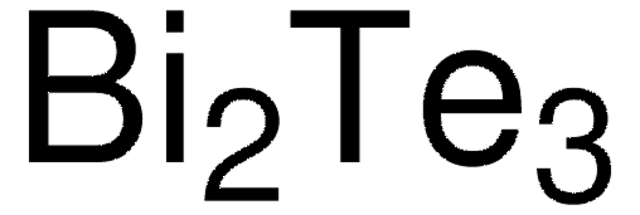Wichtige Dokumente
767484
Nickel
sputtering target, diam. × thickness 2.00 in. × 0.25 in., 99.95% trace metals basis
About This Item
Empfohlene Produkte
Qualitätsniveau
Assay
99.95% trace metals basis
Form
solid
Eignung der Reaktion
core: nickel
Widerstandsfähigkeit
6.97 μΩ-cm, 20°C
Durchm. × Dicke
2.00 in. × 0.25 in.
bp
2732 °C (lit.)
mp (Schmelzpunkt)
1453 °C (lit.)
Dichte
8.9 g/mL at 25 °C (lit.)
SMILES String
[Ni]
InChI
1S/Ni
InChIKey
PXHVJJICTQNCMI-UHFFFAOYSA-N
Verwandte Kategorien
Anwendung
Signalwort
Danger
H-Sätze
Gefahreneinstufungen
Carc. 2 - Skin Sens. 1 - STOT RE 1
Lagerklassenschlüssel
6.1D - Non-combustible acute toxic Cat.3 / toxic hazardous materials or hazardous materials causing chronic effects
WGK
WGK 2
Flammpunkt (°F)
Not applicable
Flammpunkt (°C)
Not applicable
Zulassungslistungen
Zulassungslistungen werden hauptsächlich für chemische Produkte erstellt. Für nicht-chemische Produkte können hier nur begrenzte Angaben gemacht werden. Kein Eintrag bedeutet, dass keine der Komponenten gelistet ist. Es liegt in der Verantwortung des Benutzers, die sichere und legale Verwendung des Produkts zu gewährleisten.
EU REACH Annex XVII (Restriction List)
Hier finden Sie alle aktuellen Versionen:
Analysenzertifikate (COA)
Die passende Version wird nicht angezeigt?
Wenn Sie eine bestimmte Version benötigen, können Sie anhand der Lot- oder Chargennummer nach einem spezifischen Zertifikat suchen.
Besitzen Sie dieses Produkt bereits?
In der Dokumentenbibliothek finden Sie die Dokumentation zu den Produkten, die Sie kürzlich erworben haben.
Kunden haben sich ebenfalls angesehen
Artikel
Nanocomposite Coatings with Tunable Properties Prepared by Atomic Layer Deposition
Spin-based electronic (spintronic) devices offer significant improvement to the limits of conventional charge-based memory and logic devices which suffer from high power usage, leakage current, performance saturation, and device complexity.
The properties of many devices are limited by the intrinsic properties of the materials that compose them.
Unser Team von Wissenschaftlern verfügt über Erfahrung in allen Forschungsbereichen einschließlich Life Science, Materialwissenschaften, chemischer Synthese, Chromatographie, Analytik und vielen mehr..
Setzen Sie sich mit dem technischen Dienst in Verbindung.







